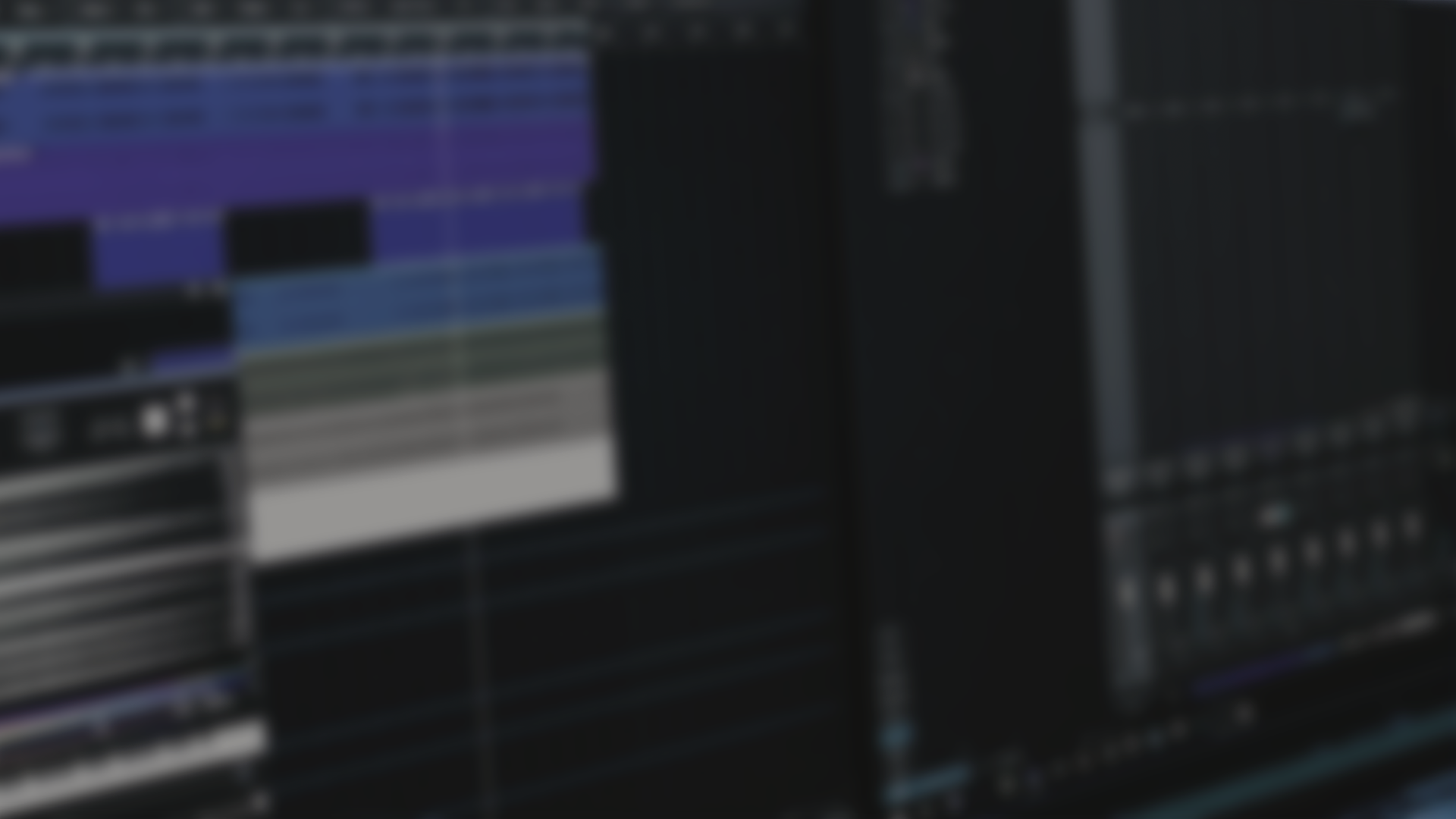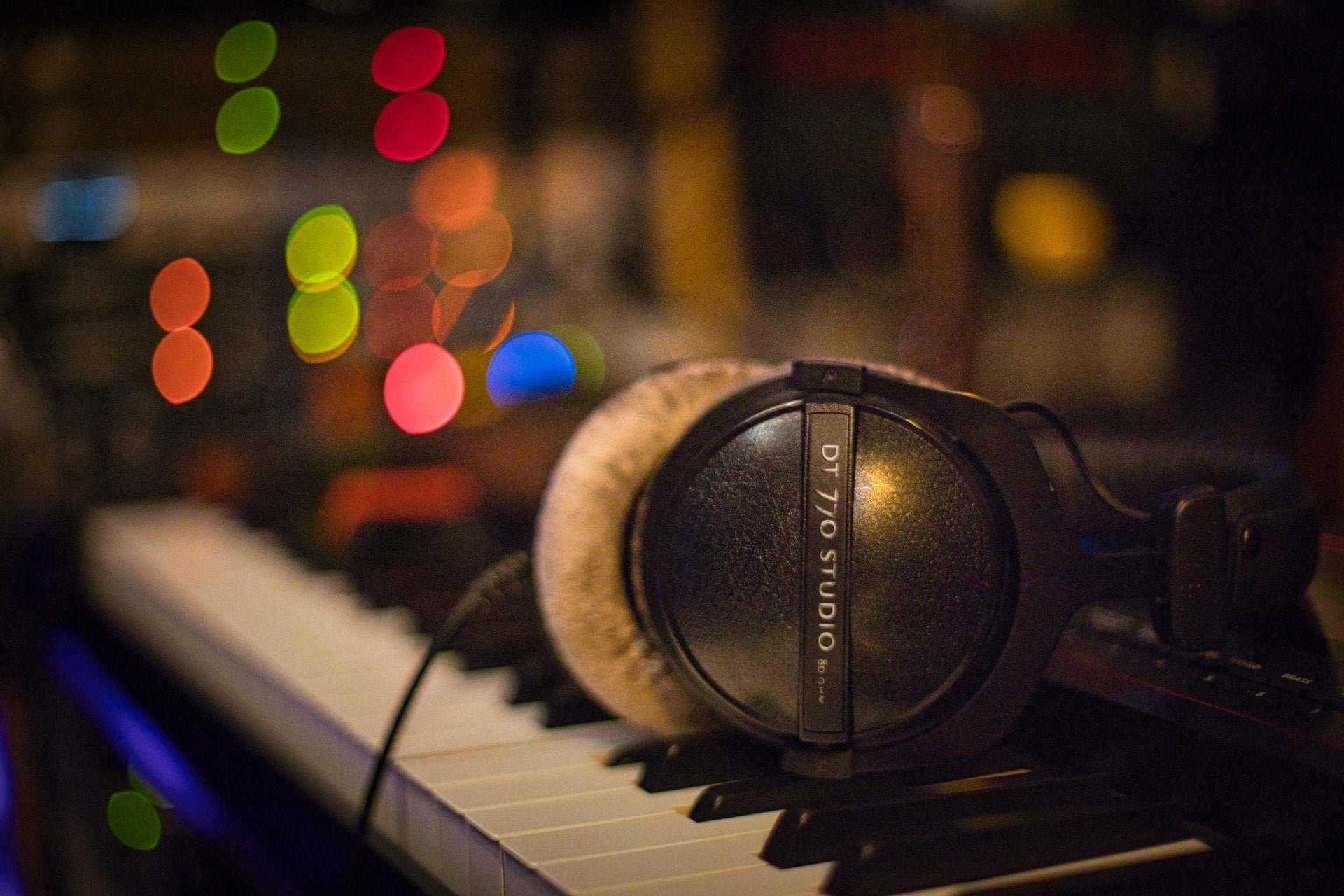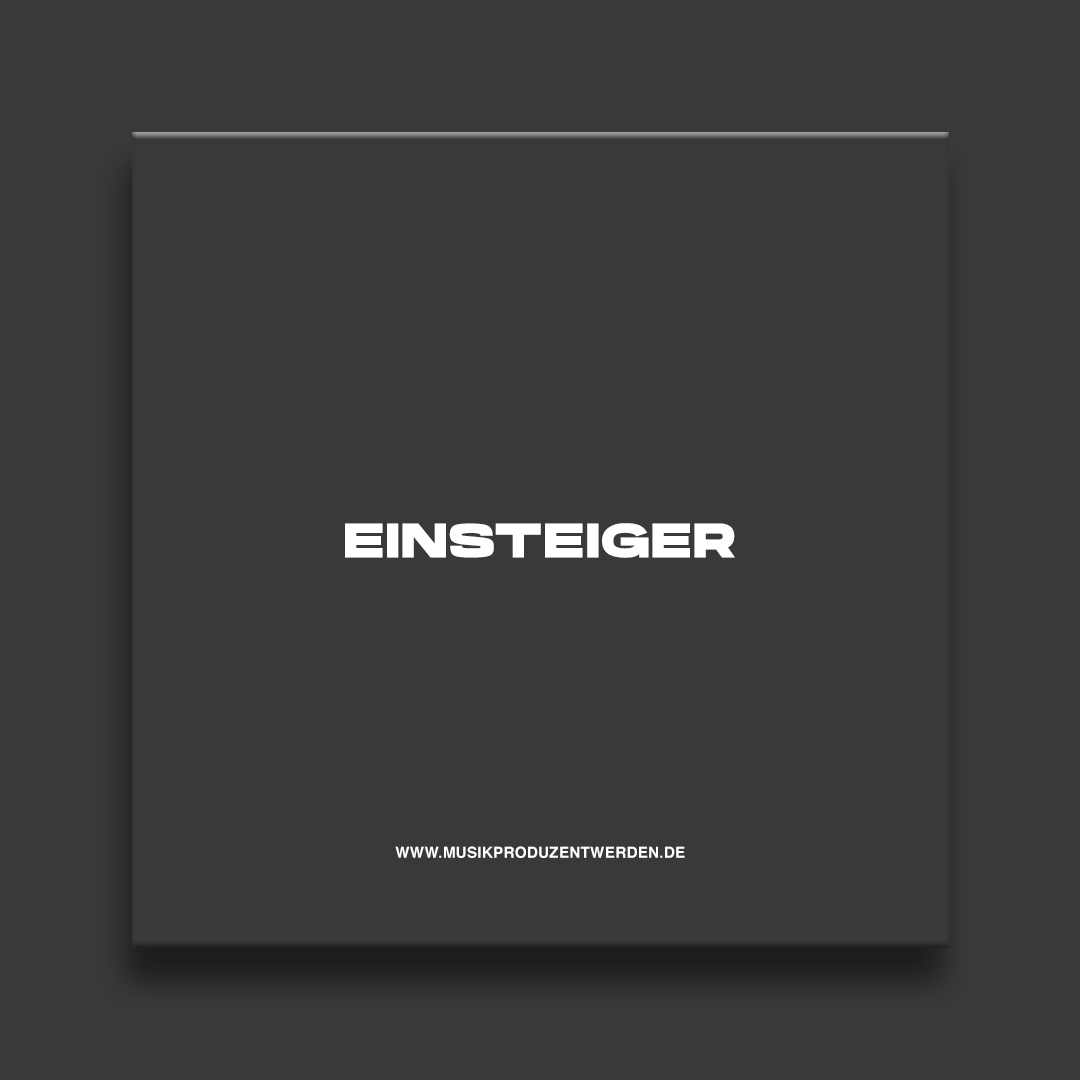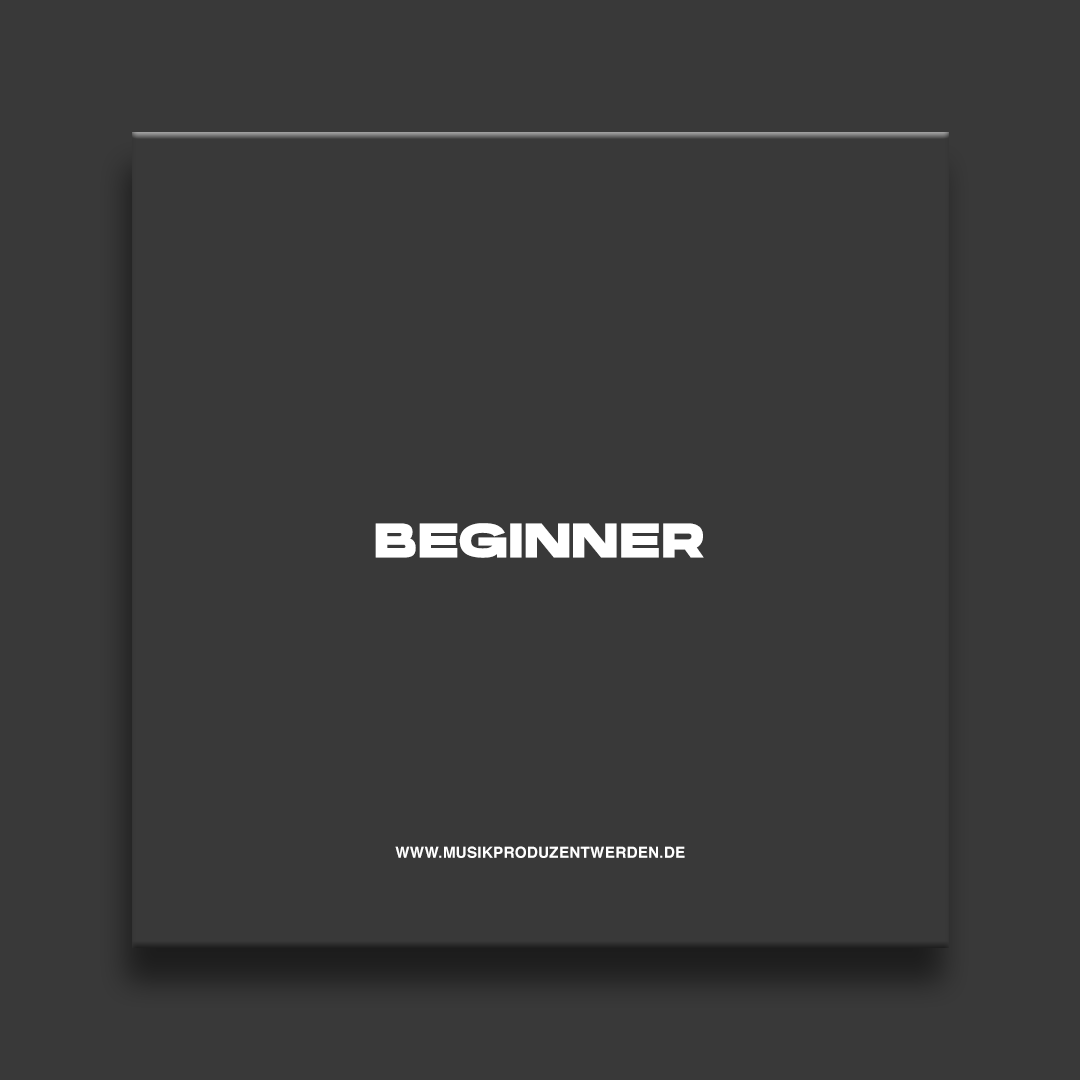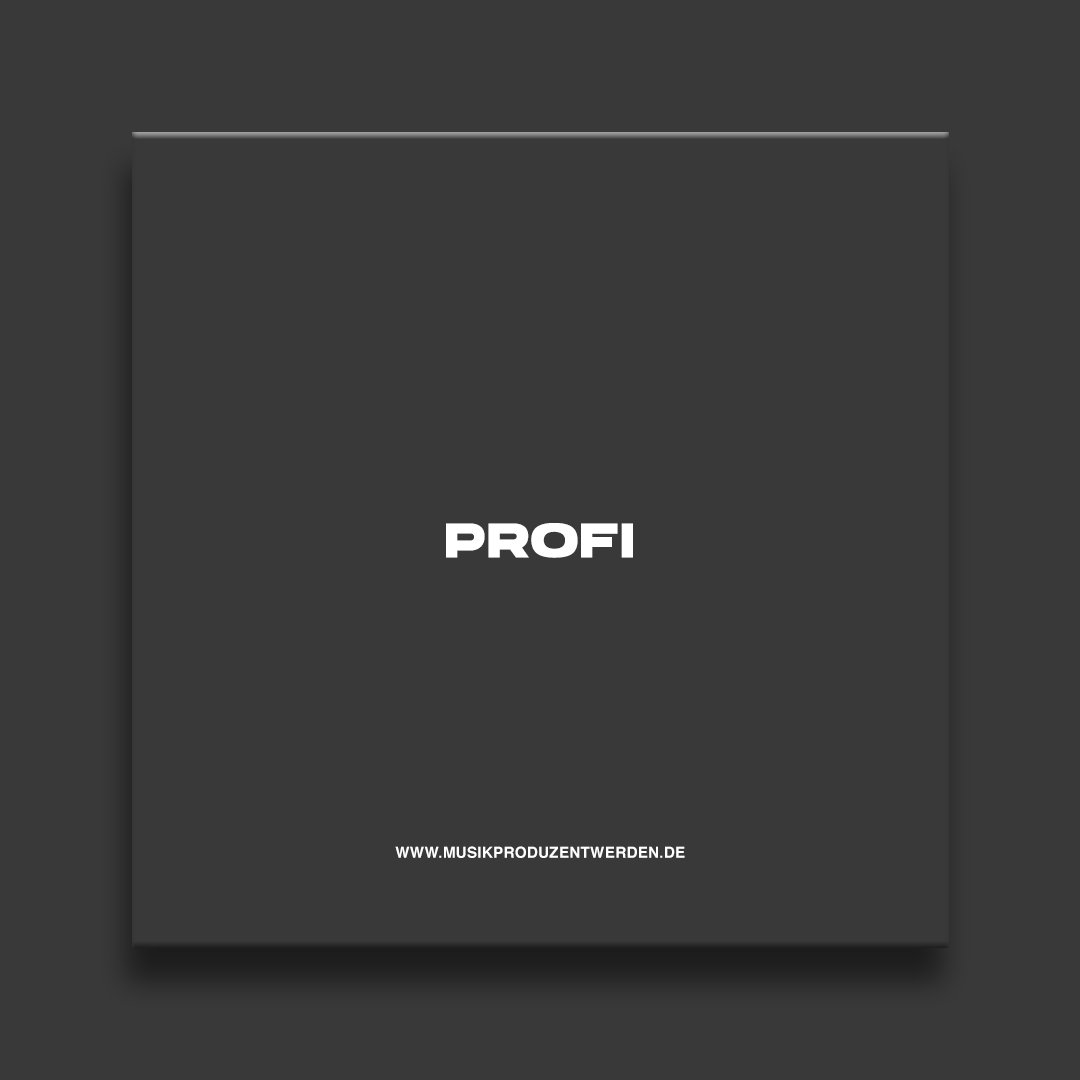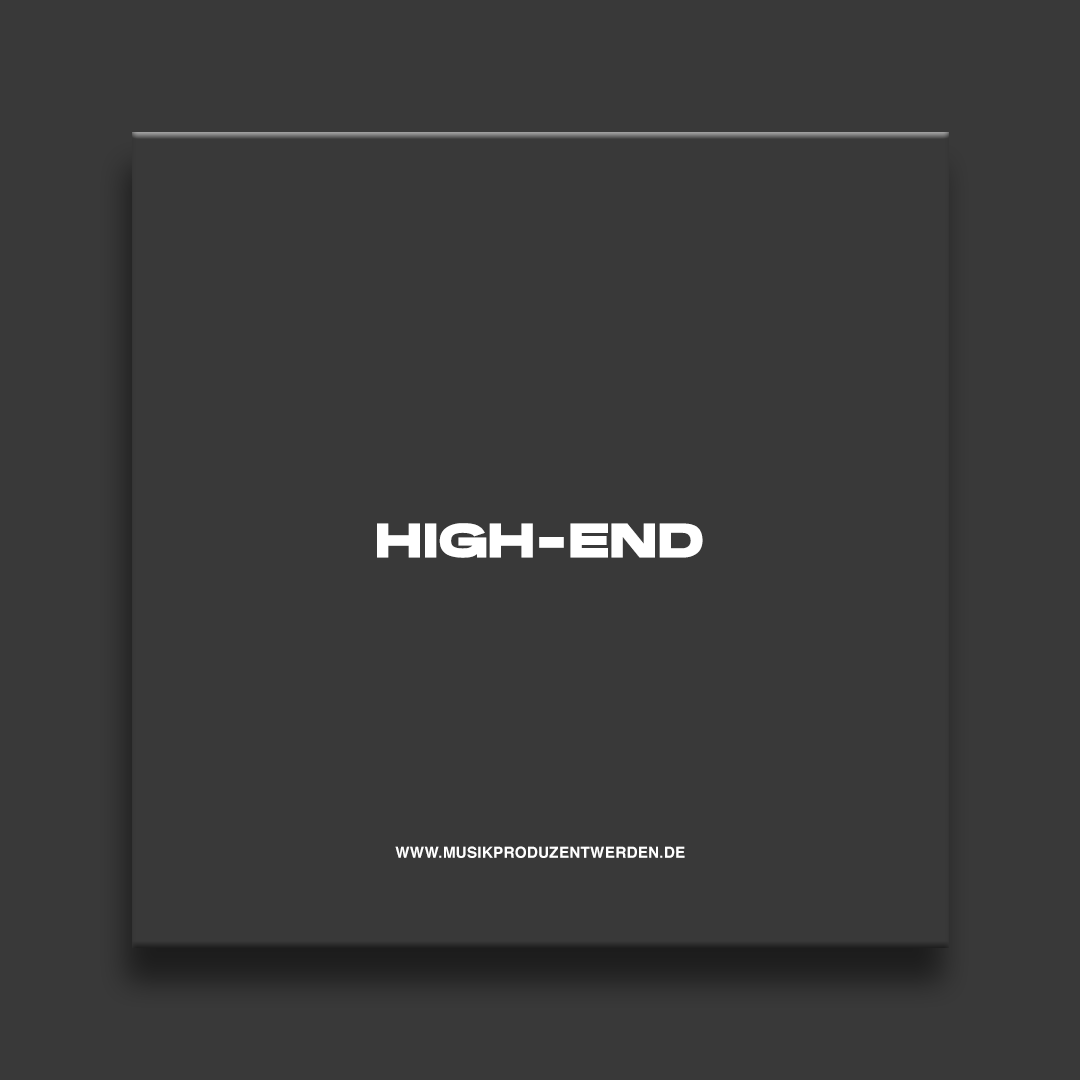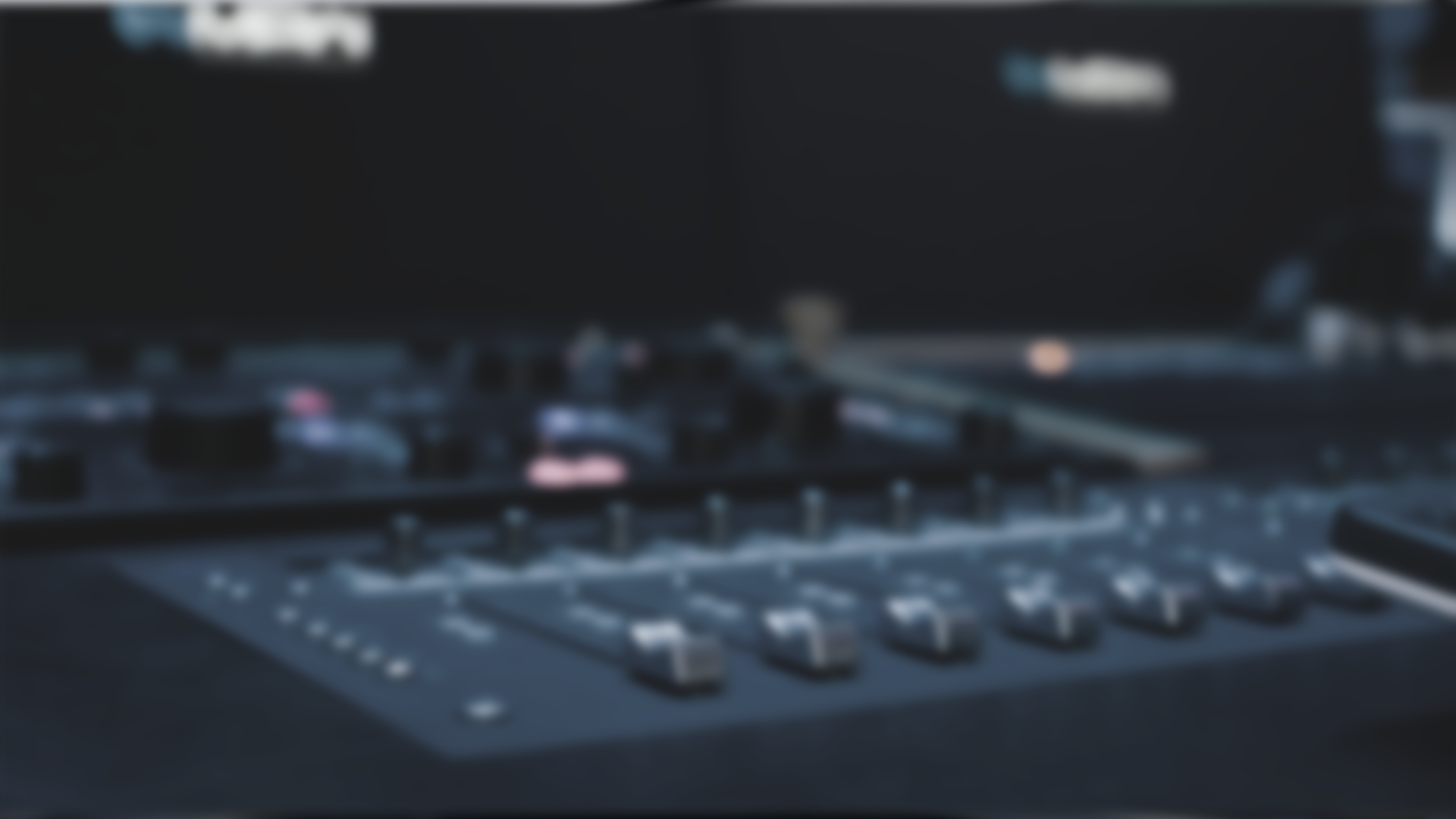So that you don't build a booth in your closet lined with eggshells, we have listed the best studio equipment for beginners that you can get for your money - of course in real studio quality!
COMPUTERS & LAPTOPS FOR MUSICIANS
For professional and digital music production, you first and foremost need a computer or laptop. The minimum requirements of music software on a computer for music production are often:
● Intel i5 processor
● 8 GB RAM memory
● 250 GB hard disk space
Such a laptop or Computer is ideal for singer/songwriters and rappers to make their own recordings.
Choose a processor that has as many GHz per core as possible. Since samples and plugins can quickly take up a lot of storage space, it is worth investing in a large hard drive. With more hard disk space or an external HDD like the LaCie Rugged, you are well prepared for new software and future projects!
DAWS (DIGITAL AUDIO WORKSTATION FOR BEGINNERS
In electronic music production, the abbreviation DAW stands for "Digital Audio Workstation" and is a computer program for composing and/or editing audio material.
Some of the most popular digital audio workstations are: Ableton Live, FL Studio, Cubase, PreSonus Studio One.
A DAW emulates the signal flow in the recording studio and is required to record vocals or record instruments and produce electronic music.
How do I find the right music software?
Changing DAWs afterwards can be a lot of work. Before buying a DAW you can often download a free demo and see for yourself. Many DAWs have a special workflow – there is sure to be something for you too! If you want to get acquainted with the functions of a DAW first, you can also install a free DAW. Here are the 6 best free DAWs:
● Ableton Live Lite (comes free with selected hardware & software products) ● Cubase AI 11/ Cubase LE 11 (included free of charge with selected hardware & software products) ● Avid Pro Tools First (no longer available since December 2021) ● Audacity
AUDIO INTERFACES FOR MUSICIANS
With an audio interface, you connect your studio speakers and microphone to your laptop or computer so that you can control the volume and input level. In addition, an external audio interface often processes audio signals with less interference than the sound cards preinstalled in the computer.
There are many different models with different numbers of inputs and outputs, but we still recommend using a simple audio interface at the beginning. Two XLR or TRS outputs for studio loudspeakers and an XLR input with 48V phantom power for a microphone are usually completely sufficient at the beginning!
All the models recommended here have the above technical data and have additional an input for an instrument. Here you will find the three best audio interfaces under €150:
STUDIO SPEAKERS (MONITORS)
In a professional recording studio you will find many different sizes and types of loudspeakers (so-called monitoring monitors). Audio engineers and music producers compare their mix on different studio speakers and headphones so that they can better detect and process interfering frequencies.
If you still produce music on ordinary hi-fi speakers, then you should urgently get studio speakers. Such loudspeakers reproduce a much more unadulterated sound.
There are different types of monitoring monitors (so-called nearfield monitors, midfield and main monitors as well as subwoofers), which are almost self-explanatory from the name. In a home studio, you usually only find near-field monitors because, as the name suggests, they are close to the listening position. Midfield and main monitors are found in professional recording studios, sometimes even built into the wall. Subwoofers are special woofers that emit very low frequencies and can also be found in recording studios or at concerts.
It is not easy to give a uniform recommendation for studio loudspeakers (near-field monitors, studio monitors or simply called monitors), because the The sound of a loudspeaker depends heavily on the room acoustics and your own listening habits. If it is possible for you, then listen to a few loudspeakers in the specialist shop of your choice or try them out at home and optimize your room acoustically. Give yourself some time to really get to know your speakers and your room.
● Adam T5V


NOTE THIS TIP FOR NEW SPEAKERS
When you buy new monitoring monitors, you should first let them play music at room volume (not too loud) for a few hours. After unpacking, you can switch on any live stream and leave the house for a few hours. A so-called break-in time is rarely specified by the manufacturers, but the sound of your studio monitors improves enormously after a few hours or days.
Why is that?
A speaker fresh from the factory behaves in a similar way to a newly bought shoe, which you first have to break in for a few days before the stiff rubber loosens a bit and gives way. So if you turn the volume up all the way right after unpacking, it can happen that the processed material on or in the speaker tears and becomes damaged. Over time, the rubber surrounds will become more supple and the electrical components will reproduce a better sound.
MIDI AND DAW CONTROLLERS FOR MUSICIANS
The transmission standard for notes, velocity, etc. is called MIDI. The advantage of these controllers is that you can control and play all your virtual instruments. So you can play guitar sounds on your keys, for example, and play your own drums using the sensitive pads.
You can also play drum shots with the keyboard and even the computer keyboard. Real beatmakers, hip hoppers and finger drummers naturally use special drum machines (also called drum machines, samplers or pad controllers) from AKAI, Roland or Native Instruments back.
As a beginner, don't think too much about choosing a MIDI controller, because experience has shown that faders and additional functions are not used that often by beginners. Find a controller that suits you! By the way.. most controllers come with several free VST plugins and sound packs - don't miss out on the free stuff!
Here are the best MIDI controllers for beginners:
HOME RECORDING STUDIOS FOR MUSICIANS
STUDIO HEADPHONES FOR MUSICIANS
If you want to be mobile or don't want to disturb your neighbors at night when producing and mixing, you should use studio headphones! The sound of such headphones is very linear and ideal for music production or the final mixing of your track.
In addition, you need closed headphones for singers and rappers so that they can record their vocals without interference. A clean vocal track is an important requirement for post production. So make sure you use a closed headphone design for recordings.
Here you will find the best studio headphones for home studios and a simple and understandable explanation with all the differences between the headphone designs.
A little tip more: For some producers or DJs the cable routing is relevant. Right-handers usually prefer a left-handed cable. Therefore, take a close look at the scope of delivery if you prefer a flat, long cable instead of a coiled cable.
CLOSED, OPEN AND HALF-OPEN HEADPHONES
ADVANTAGES AND DISADVANTAGES
Closed
Closed headphones hardly let any noise through and are also characterized by powerful bass reproduction and less spatiality.
This is the best choice for vocal recordings and DJs.
Open
Open headphones are hardly shielded, so they let a lot of noise through to the outside. This variant is characterized by a high level of comfort for long mixing sessions and a very good spatiality and stage.
Half open
Semi-open headphones combine the advantages of both designs. They have light shielding, reasonable spatiality, and are slightly air permeable. Longer wearing comfort than closed headphones.
DIFFERENCES BETWEEN
OVER EAR, ON EAR AND IN EAR
over ear
Over-ear headphones completely enclose the ear, which effectively blocks out external noise. Comfortable & ideal for recordings, but usually a bit larger.
on ear
On-ear headphones rest on the ear, which means that external noise is shielded a little less. They are often slightly lighter than circumaural headphones.
in ear
In-ears are located directly in the wearer's ear canal and shield outside noise very well. For the studio, they are at most suitable as a reference for mastering, but they are essential for live.
STUDIO MICROPHONES FOR MUSICIANS
For recording vocals and rap, we strongly recommend using a pop filter to absorb, for example, P and S sounds and hissing (so-called explosive sounds). A microphone screen and acoustic elements optimize the room acoustics and reduce reflections in the room.
● Rode NT1-A Complete Vocal Recording Bundle
● AKG P220
Note: Phantom power (+48V) only needs to be turned on for condenser microphones and active ribbon microphones. Passive ribbon mics, dynamic moving coil mics, and specialty types such as digital or USB mics do not require phantom power.

Studio accessories
Whether suitable cables and stands for microphones and studio monitors, external hard drives, power banks, high-quality acoustic elements, keyboards, stable studio tables, curtains and lights; You can find all this and much more here:

HOW TO FIND THE RIGHT STUDIO EQUIPMENT
Many retailers offer you an exchange guarantee. With Thomann & Amazon you usually have 30 days to decide. If you order in the beyerdynamic online shop, you even have an extended right of return and a full 60 days to return your order free of charge!
